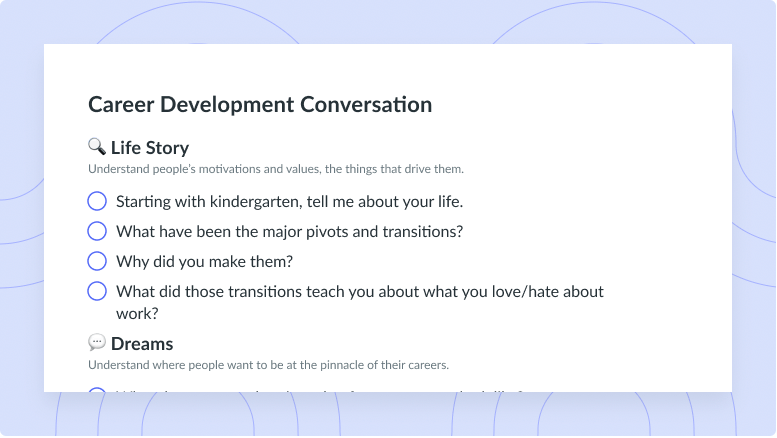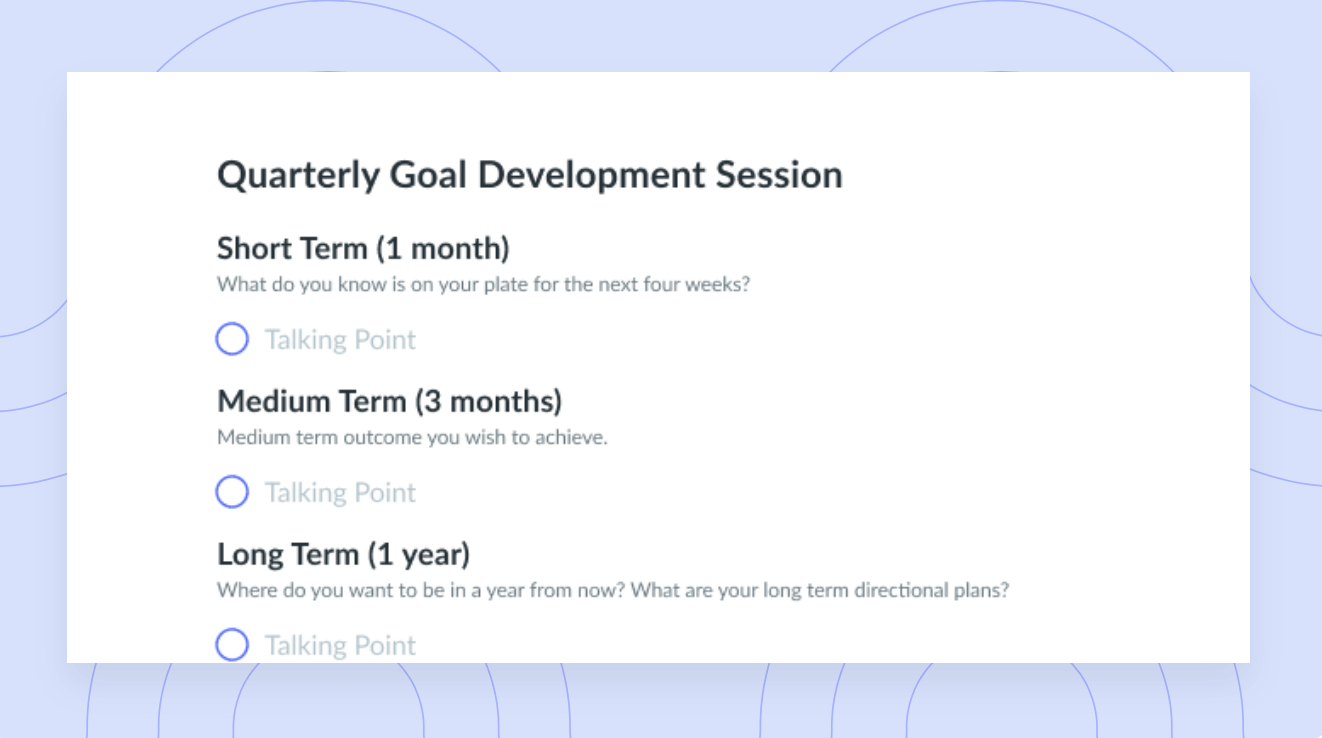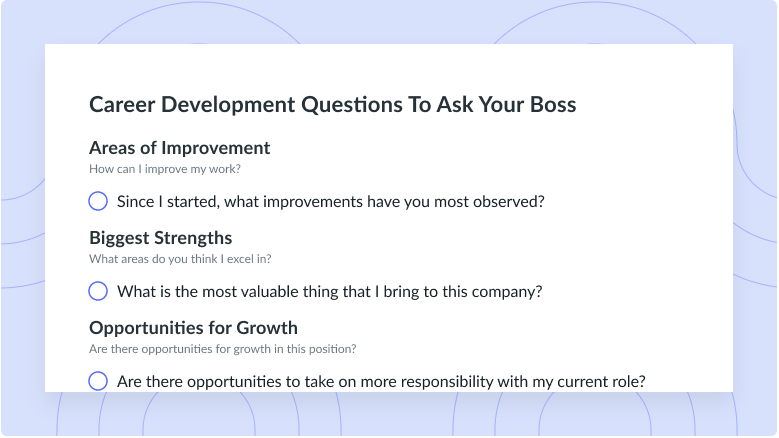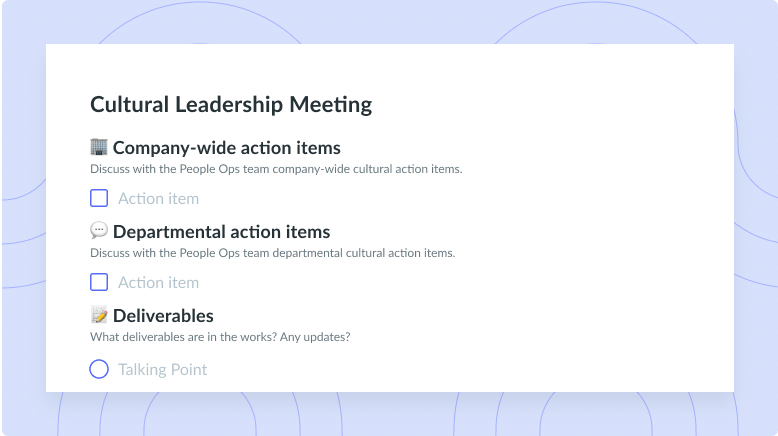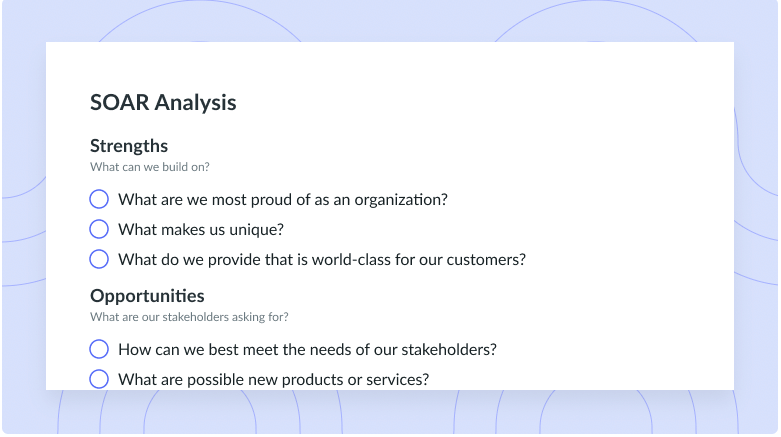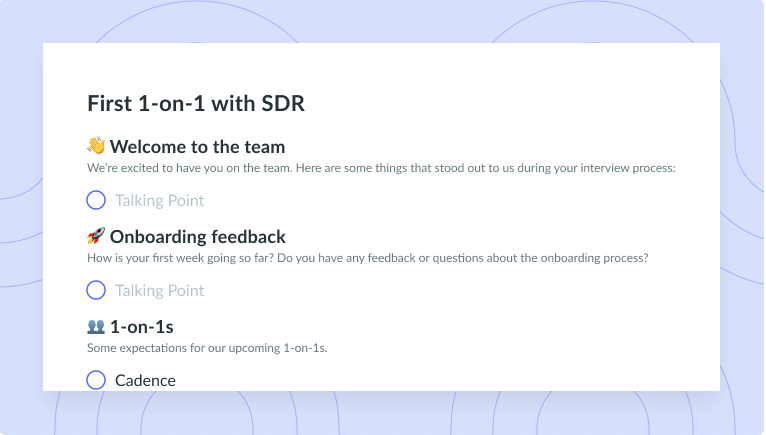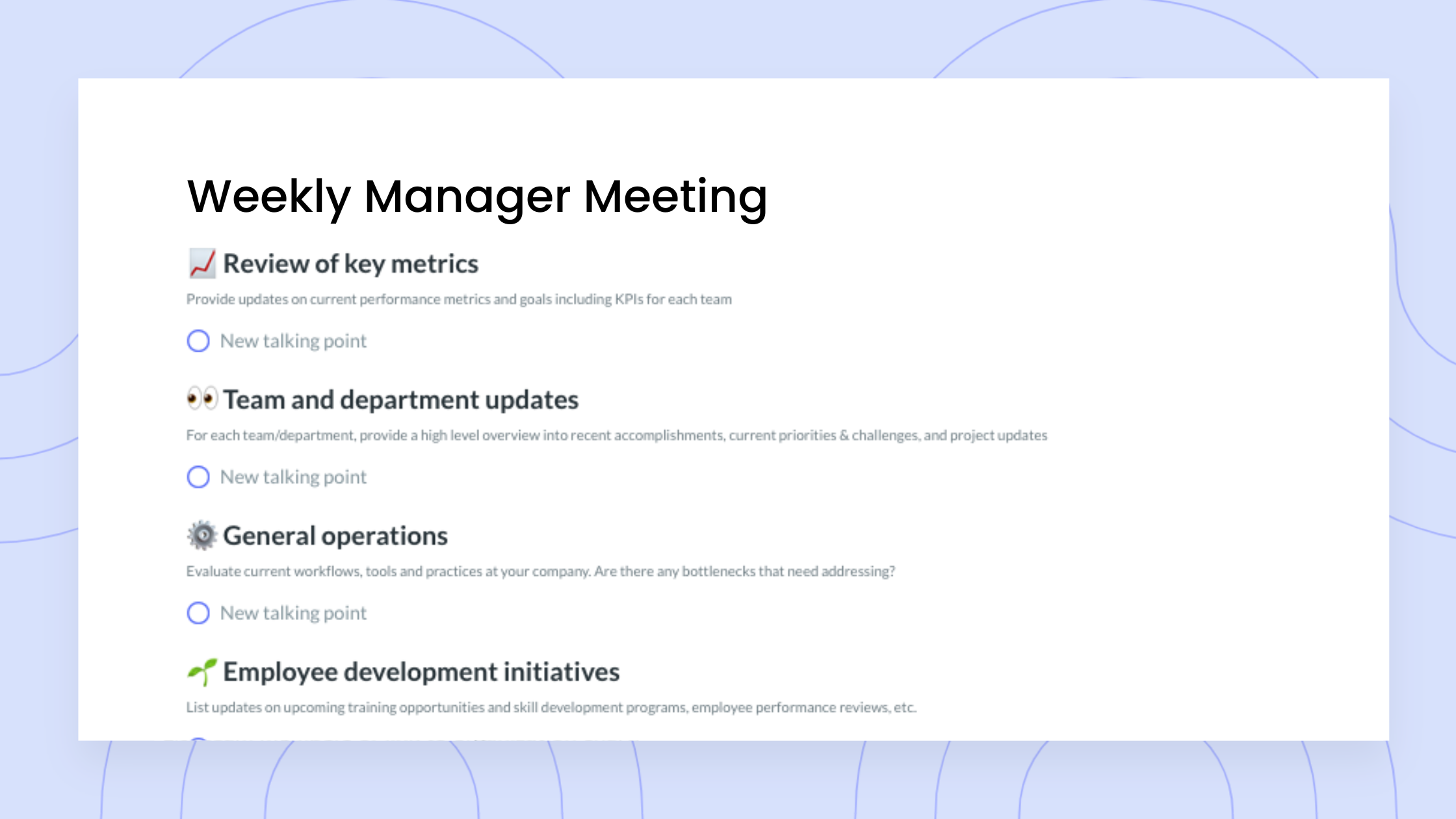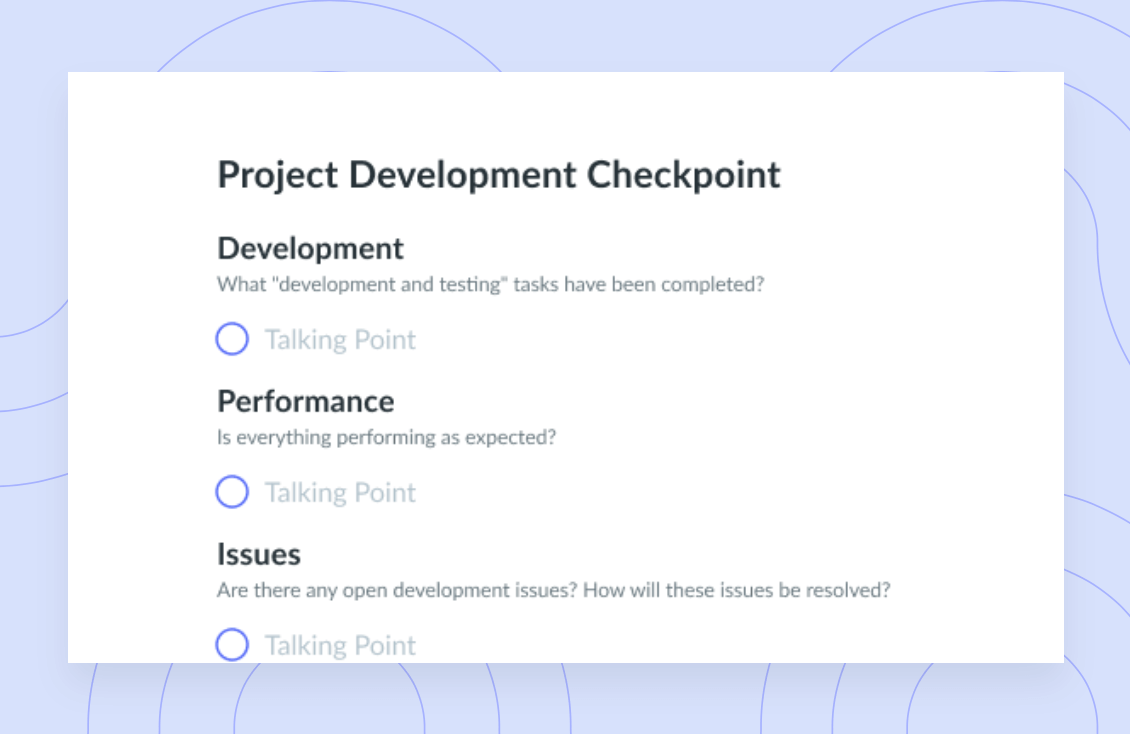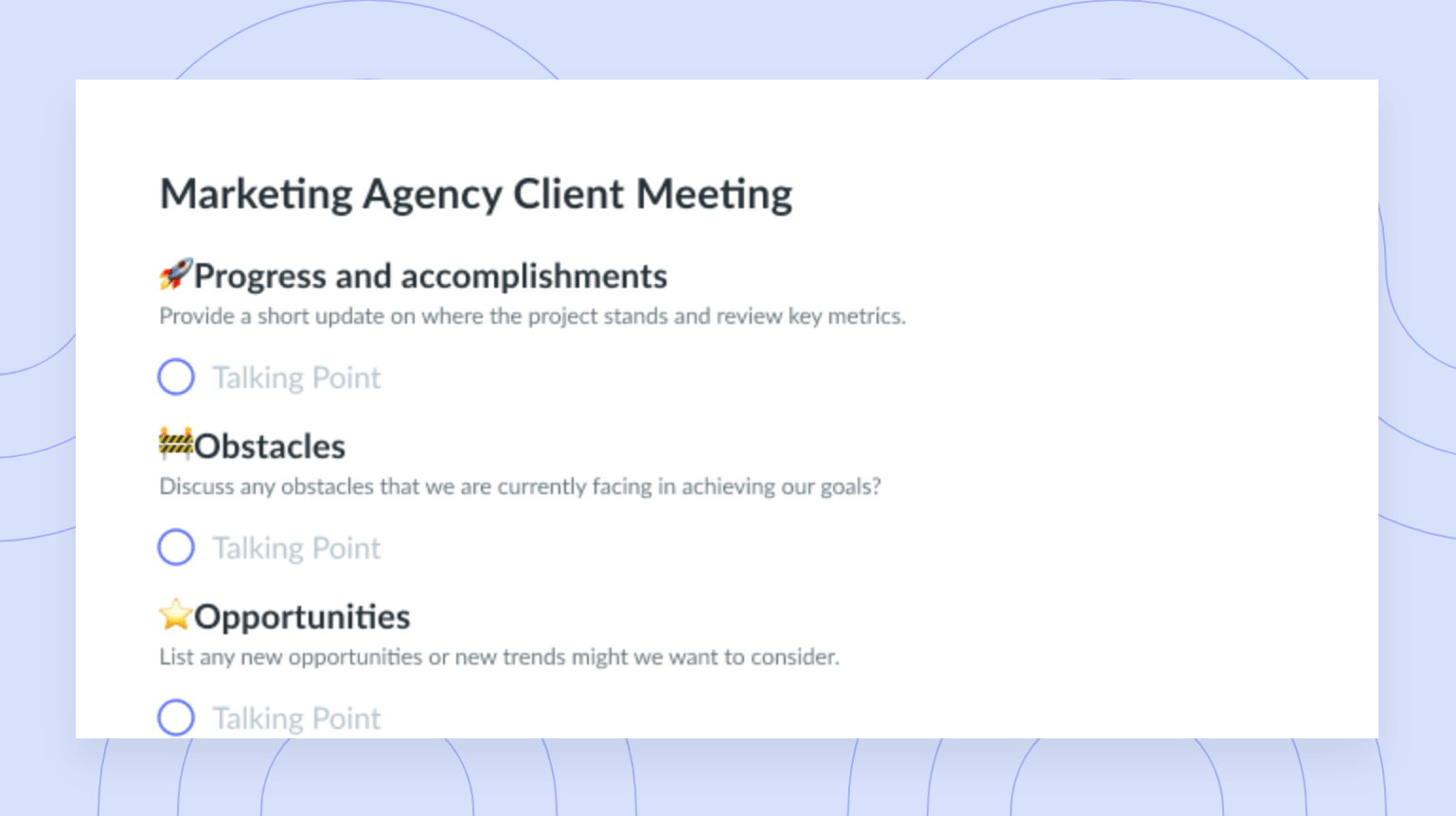Employee Development Plans: 5 Key Steps (+ Template)
Employee development plans are a win-win situation: They boost your team's productivity and motivate team members to learn and acquire new competencies. Learn how to get them right with these 5 steps.
Creating an employee development plan is an extremely important event for your direct reports, as it serves as a fantastic opportunity to work towards achieving their goals.
Creating an employee development plan is beneficial to your team’s productivity, as it motivates team members to learn and acquire new skills and competencies. Providing these learning opportunities is going to improve employee engagement and highlight the space there is to learn and grow with the organization. It’s a win-win situation: Your employees gain new skills, and with their expanded skill set, they have more tools and are better equipped to help you work towards business goals.
- What is an Employee Development Plan?
- Benefits to an Employee Development Plan
- 6 Steps to Create a Plan
- Free career development conversation template
What is an Employee Development Plan?
An employee development plan is a roadmap that is created to help employees improve skills in their current position and acquire new competencies and knowledge in order to expand their current responsibilities and maybe even take on new ones.
Each employee development plan should be created and tailored specifically to the individuals’ abilities, interests and needs – meaning, no employee development plan is the same!
An employee development plan essentially serves to provide growth to the individual. This doesn’t necessarily mean moving up in the organization or taking on a leadership role (although this is possible too) but can also be measured laterally, where skills are diversified and enhanced, which result in a better quality of work and efficiency.

Team work makes the dream work.
Help your team achieve their goals by offering them a dedicated space to set priorities and visualize their progress. Use Fellow to promote a growth mindset and never forget what was discussed.
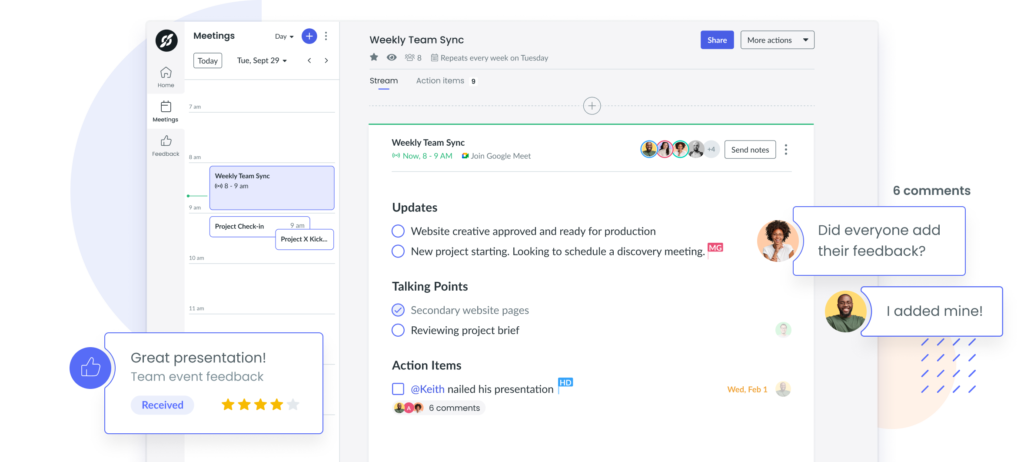
Benefits to an Employee Development Plan
Now that you understand what an employee development plan is, let’s talk about why they are so beneficial to organizations. Employee development plans help attract talented applicants, because it’s clear that management is investing their time and support in helping their employees reach their potential.
Everyone wants to feel like someone believes in them and know that there’s lots of room to grow with the company that they decide to commit to. These development plans increase workers’ engagement and motivation as they expand their breadth of knowledge and recognize the contributions they are making as they work together to achieve business goals. Creating an employee development plan is an excellent opportunity to nurture promotable employees while you also improve employee retention and satisfaction.
This all sounds amazing – but where do you start when each employee development plan must be unique?
To provide you with some direction, Fellow has outlined a step-by-step guide to create an employee development plan. Check it out below:
6 Steps to Create an Employee Development Plan
- Think about the business goals
- Create an action plan
- Consider the skills and training needed to achieve those goals
- Check-in regularly
- Keep looking for growth opportunities
- Using a meeting template
1 Think about the business goals
To start, think about where your company is right now, where it wants to be, what your major goals are, where opportunities and challenges lie. How do you need to shape and strengthen your workforce to achieve your objective? Remember that your business is powered by your people and in order to motivate and inspire your employees, you need to invest a considerable amount of time engaging and supporting your team members.
Establish specific goals for the business and know them well before you meet with team members to go over their employee development plans. Once you identify your business objectives you can identify the necessary skills, knowledge and competencies that support those goals.
Now, when you listen to your employees’ development needs, you can see if it’s possible to match these needs with your business needs.

2 Create an action plan
Creating an employee development plan depends on each individual’s specific motivations for their career paths. You should encourage and expect your employees to take responsibility for their own career development in terms of researching tools, resources or training that they’d like to explore. Your role as a manager is to provide guidance, resources, feedback and support.
Meet privately with each of your employees to create a plan of short-term, mid-term and long-term goals:
- Short-term goals: Discuss goals that can be achieved in the next few weeks to a month. These goals should be highly attainable, minor tweaks or additions to current responsibilities.
- Mid-term goals: Discuss goals that can be achieved in the next 6 months. Ask your employee what steps they think they need to take to meet their end goal, then provide them with some tools and resources that you think might help. Make sure that these goals are realistic and attainable.
- Long-term goals: Discuss goals that can be achieved in 1+ year. Ask your employee where they see themselves in a year from now with the company. Ask what steps they need to take to meet their vision, then provide them with some resources and any valuable insight. Don’t forget to encourage your employees to go after what they want!
Your role is primarily to listen in these one-on-one meetings and ask questions that will prompt your team members to speak in more detail about the direction of their career.
This employee development plan serves as a blueprint for employees to feel valued, recognized and appreciated by their employer. If you are able to meet employee needs, you are supporting the growth of strong and capable individuals who are adding significant value to the team and to the organization as a whole. Needs must be clearly communicated and actioned on.
“It’s really important to take some time, whether it’s every six months, or every year, to just zoom out – and as a manager, look at the person’s career and where it’s going. I find as a manager, it’s one of the most important things to do for your reports, so I take it super seriously.”
– Lenny Rachitsky, Former Product Lead at Airbnb
3 Consider the skills and training needed to achieve those goals
Creating employee development plans will make you aware of the needs of your current employees and if they have an interest in acquiring needed skills to achieve business goals. Developing an internal candidate to bridge the gap between a current employee skill set and a skill set needed for the future is simply an intelligent business decision. This time and effort that you were going to invest into recruiting, interviewing, onboarding and training a new individual can be saved, boosting productivity and retaining valuable talent.
An important point to think about is weighing and recognizing potential versus readiness. Acknowledge the potential you see in your employees and determine what kinds of goals they are currently ready to tackle (what’s in their short-term plan?).
Finally, consider how your employees are going to achieve their goals. Think about which opportunities are available such as coaching, mentoring, cross-training, job shadowing, succession planning or even group training classes for a common need. Other online resources can be of great value to team members such as videos, podcasts, webinars, articles or quizzes.
“Never stop learning from cross-disciplines. My best times of growth came from learning/borrowing from frameworks, models, and skills from unrelated fields.”
–Charbel Simon, Founder of Sprintwell
4 Check-in regularly
It’s a good idea to check-in at a monthly, one-on-one meeting that is focused on employee development. At these one-on-one meetings, you have the opportunity to review your employees’ progress, acknowledge and reward their accomplishments, and talk about what’s next for them. It’s a great time to discuss any difficulties or obstacles that they’re facing in achieving their current goals and how they can overcome them.
Think about if any new opportunities have surfaced or if any of your employees’ needs or goals have changed since you last met. Like everything else in the business world, employee development plans can also change and evolve with time. Nothing is set in stone!
The purpose of this regular check-in is to keep lines of communication open so that you can make changes to the employee development plan together as things evolve. Even if you and your employee both think that there don’t need to be any changes to the plan and that everything is running smoothly, still make the effort to go over the plan because even a quick, informal check-in is promoting strong and fluid communication.
Constant communication means you care about your employee and want to see how they’re doing so that you can continue to support them in their pursuits.
5 Keep looking for growth opportunities
Just because you’ve completed an employee development plan, it doesn’t mean that you can sit back and relax, expecting results. Encourage your employees to continue looking for growth opportunities and keep your eyes peeled for these opportunities as well. This isn’t limited to opportunities in the office but consider outside seminars, classes, or training programs.
Going outside of the company can showcase unique, different skills and learnings that you can implement with your own organization. Look to assess the progress that you’ve made, measure the results and consider what kind of new opportunities or obstacles will provide value to both your employees and the business. Make sure that you’re open to adjusting goals and strategies in the employee development plans regularly so that you can integrate any new opportunities that you or your employees come across.
6 Using a meeting template
When building an agenda, you don’t need to start from scratch each time. Instead, use a template to do the base formatting for you and automatically format it for the purpose of your meeting. If you have a set structure, save your template with your customized headers and subheadings.
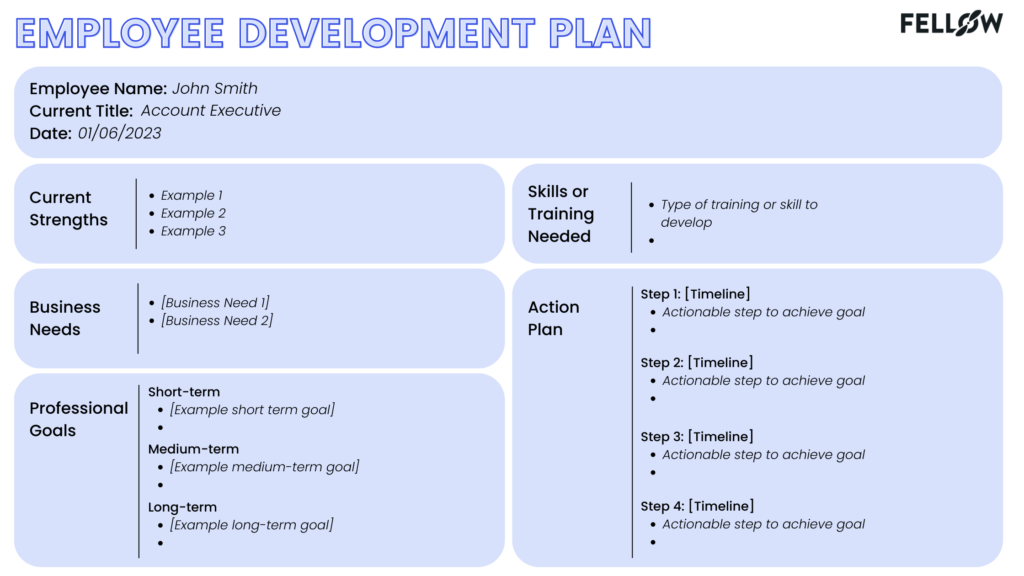
Free career development conversation template
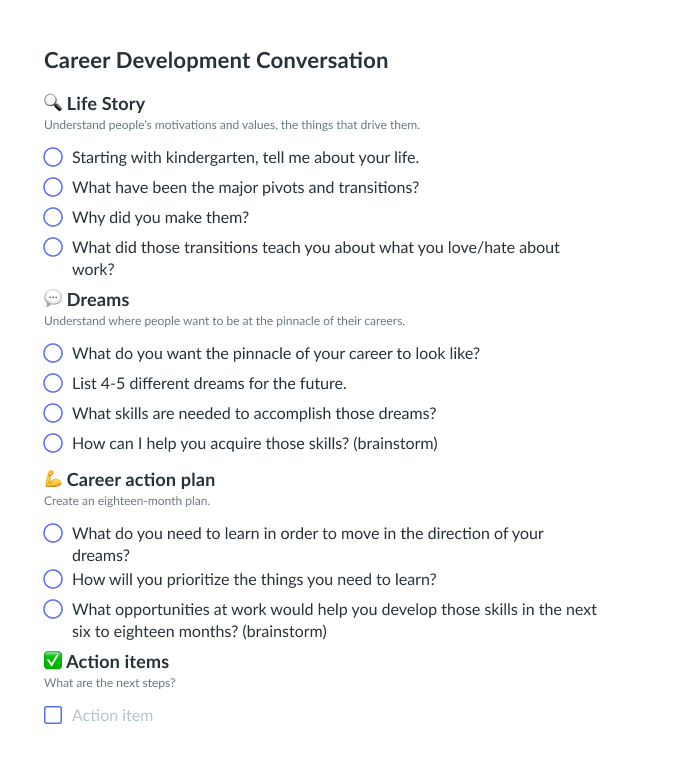
Employee development plans serve as an important framework of how your employees are going to move towards achieving their career aspirations. They’re a great way of understanding how your team members feel about their current position and what they’d like to work on in order to achieve their goals.
- First, think about how your employees’ personal goals align with business goals and identify if there is any overlap.
- Then, create a long-term, mid-term and long-term plan to achieve your team members’ goals. Don’t forget to create a roadmap detailing how they’re going to get there.
- Consider what kinds of skills and training are needed to achieve these goals.
- Check-in with your employees once a month to discuss their current employee development plan and to adjust it accordingly.
- Lastly, don’t stop looking for new opportunities that will be valuable to individuals’ goals in and outside of work.
Next time you’re creating an employee development plan, refer back to this article as a guideline!


![How to Achieve Professional Development Goals [+ Examples & Templates]](https://fellow.app/wp-content/uploads/2022/06/Professional-Development-Goal.jpg)






